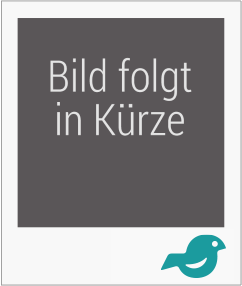
The Policing Gap in NATO Operations
Defining the complexity of Internal Security Architecture
Herausgegeben: Bramati, Luigi; van der Steen, Monique; Haberfeld, Maria R.; Petrossian, Gohar A.
Versandkostenfrei!
Versandfertig in 6-10 Tagen
23,99 €
inkl. MwSt.

PAYBACK Punkte
12 °P sammeln!
This open access brief examines NATO s Stability Policing doctrine through an interdisciplinary lens, bridging military doctrine with social science to enhance the understanding and planning of stabilization operations. By addressing the policing gap the absence of local law enforcement capacity to maintain security and the rule of law the research highlights the complex interplay between formal and informal centers of power that shape internal security dynamics.Drawing on expert testimonies from high-ranking military officials, policymakers, and practitioners with experience in Afghanistan, I...
This open access brief examines NATO s Stability Policing doctrine through an interdisciplinary lens, bridging military doctrine with social science to enhance the understanding and planning of stabilization operations. By addressing the policing gap the absence of local law enforcement capacity to maintain security and the rule of law the research highlights the complex interplay between formal and informal centers of power that shape internal security dynamics.
Drawing on expert testimonies from high-ranking military officials, policymakers, and practitioners with experience in Afghanistan, Iraq, the Sahel, the Horn of Africa, Libya, and the Balkans, this brief provides unique insights into the realities of stabilization missions. It introduces the concept of Internal Security Architecture, offering a systematic framework to analyze the power structures that influence security and policing.
Through a rigorous methodology and an unprecedented collaboration between military, academic, policing, and think-tank experts, this research operationalizes innovative theoretical concepts. It proposes a set of analytical tools to map and assess internal security structures, supporting military planners and stability policing commanders in designing more effective interventions.
This work lays the foundation for a new approach to crisis and conflict zones, emphasizing scientifically robust and unbiased methods to understand internal security systems. With contributions from leading experts, including insights from policymakers and gender equality specialists, the research advances the discourse on Stability Policing and provides actionable recommendations for the future of security planning and operations.
Drawing on expert testimonies from high-ranking military officials, policymakers, and practitioners with experience in Afghanistan, Iraq, the Sahel, the Horn of Africa, Libya, and the Balkans, this brief provides unique insights into the realities of stabilization missions. It introduces the concept of Internal Security Architecture, offering a systematic framework to analyze the power structures that influence security and policing.
Through a rigorous methodology and an unprecedented collaboration between military, academic, policing, and think-tank experts, this research operationalizes innovative theoretical concepts. It proposes a set of analytical tools to map and assess internal security structures, supporting military planners and stability policing commanders in designing more effective interventions.
This work lays the foundation for a new approach to crisis and conflict zones, emphasizing scientifically robust and unbiased methods to understand internal security systems. With contributions from leading experts, including insights from policymakers and gender equality specialists, the research advances the discourse on Stability Policing and provides actionable recommendations for the future of security planning and operations.












